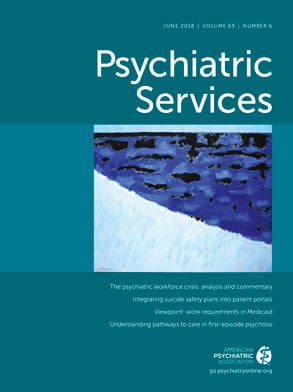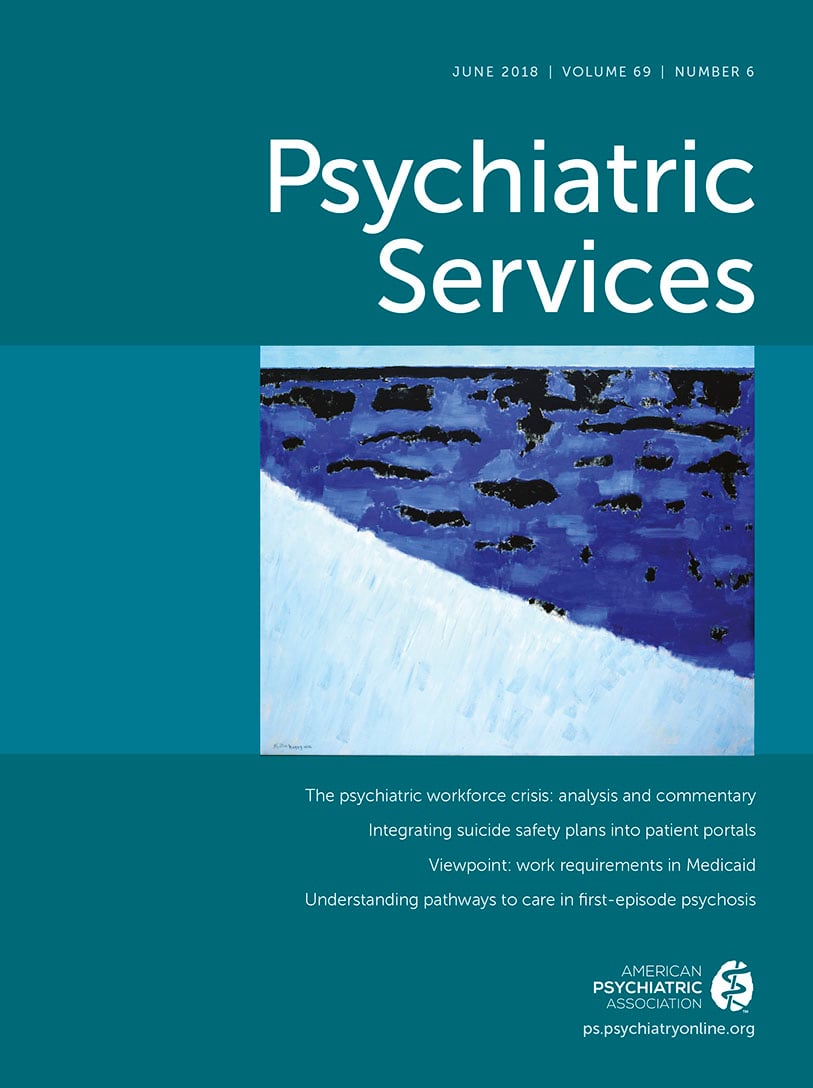As Satiani et al. (
1) have alerted us, the U.S. psychiatric workforce is not meeting the country’s treatment demands, and patients are not getting the high-quality mental health care that they deserve. The passage of two significant pieces of legislation—the Mental Health Parity and Addiction Equity Act (MHPAEA) and the Affordable Care Act—has increased the number of people seeking treatment for mental and substance use disorders by ensuring coverage equal to coverage for general health care. This legislation, coupled with a decrease in stigma often associated with getting treatment, has contributed to the demand.
Even though psychiatry residency slots have increased 34% in the past six years (
2), the demand for psychiatric services will likely continue to widen over the next decade as psychiatrists retiring from the workforce outnumber incoming trainees. To better leverage the existing psychiatric workforce, administrators of our health care systems and the nation’s payers and providers must begin to think differently about how to approach delivering mental health and substance abuse treatment services. We must improve resources for early intervention and prevention services for people with mental health problems and substance abuse as well as move toward more population-based models of care. Proven models of care, such as collaborative care and telepsychiatry, will help accomplish this. All medical training slots in all of the medical specialties will need to be increased to ensure sufficient physician specialists, and we must advocate for sufficient provider networks and increased reimbursement.
Many patients with mental and substance use disorders are already being treated in the primary care office. Yet only 25% of these patients receive effective mental health care (
3). This creates an opportunity for improved access to evidence-based care through effective integrated care. More than 80 randomized controlled studies have identified the collaborative care model (CCM) as the most effective integrated care model for improving patient outcomes and satisfaction while reducing costs. APA supports the CCM developed by Jürgen Unützer and Wayne Katon. Through the Centers for Medicare and Medicaid Services Transforming Clinical Practice Initiative, APA has teamed up with the AIMS Center at the University of Washington to educate psychiatrists and primary care physicians on how to work together in this model. APA now hears of success stories from psychiatrists and primary care physicians who have implemented the model in their clinics, thereby increasing the range of disorders treated within the primary care setting, helping patients achieve remission, and decreasing referral waitlists.
Telepsychiatry is another way to enhance collaborative care and can be used to provide direct psychiatric services. Care provided via telepsychiatry is as effective as in-person psychiatric services and can help with the maldistribution within the psychiatric workforce. Telepsychiatry has been shown to shorten hospitalizations and improve medication adherence. This is especially true in rural communities, with certain cultural groups, and with individuals with certain diagnoses. Patient satisfaction is also high because telepsychiatry brings care to the patient, reduces the need for time off work and child care, eliminates transportation barriers, and decreases time between appointments, thus allowing for continuity of care.
Without an appropriate network of providers, a plan does not provide access to high-quality care. Network adequacy is an essential component of MHPAEA. A December 2017 Milliman report analyzed two main rates: out-of-network utilization rates for inpatient and outpatient facility services plus professional office visits, and reimbursement rates for office visits for in-network health care providers (
4). The study found that people are finding care—just not in the networks. The data also showed that insurers are paying higher reimbursement rates to general medical providers than to psychiatrists. We know that low reimbursement, along with other administrative impediments to providing care, discourages psychiatrists from joining the networks.
Clearly, there are insufficient numbers of psychiatrists and other mental health professionals to treat the burgeoning number of individuals who now have access to care, and attention to the recruitment and training of future psychiatrists is essential. However, psychiatrists, health care systems, and payers have an obligation to ensure that high-quality mental health and substance use treatment is accessible to this vulnerable population by allowing all clinicians to work to the fullest extent of their licenses. Attention needs to be focused on ensuring an adequate workforce, maximizing population-based care within the primary care setting, leveraging technology, and ensuring appropriate networks of providers.

